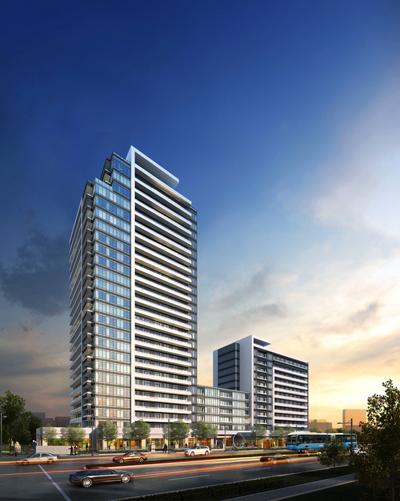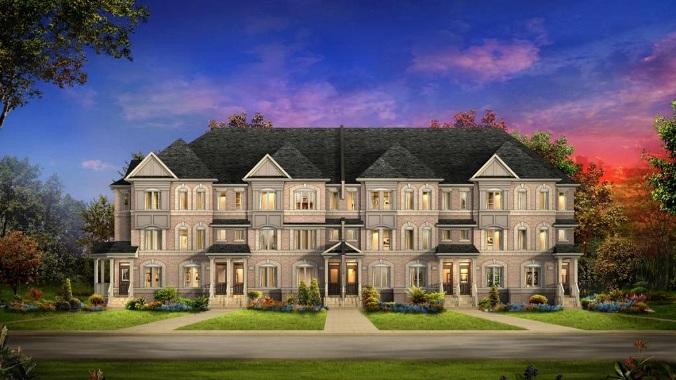Andrew Brethour has been a major force in the sale of new construction real estate for more than 50 years. His company, PMA Brethour, originally founded by his father Riley Brethour, has grown into an international company with offices in the GTA, Ottawa, Calgary, San Francisco and Florida, selling over 3,000 homes annually for more than 50 different clients.
Epoch Times caught up with Brethour at his Markham office. We wanted to learn from the expert himself exactly where Chinese are buying in the GTA.
In advance of our meeting, Brethour’s team prepared a map that shows the Chinese population in the top five municipalities.
Chinese comprise the second largest single ethnic group in Toronto, surpassing over 600,000 people. (The Indian population is the largest ethnic group with close to 900,000 people). In the GTA, the largest concentration of Chinese is Markham at 39 percent, followed by Richmond Hill at 24 percent, Stouffville and Toronto at 11 percent, and Aurora at 7 percent.





